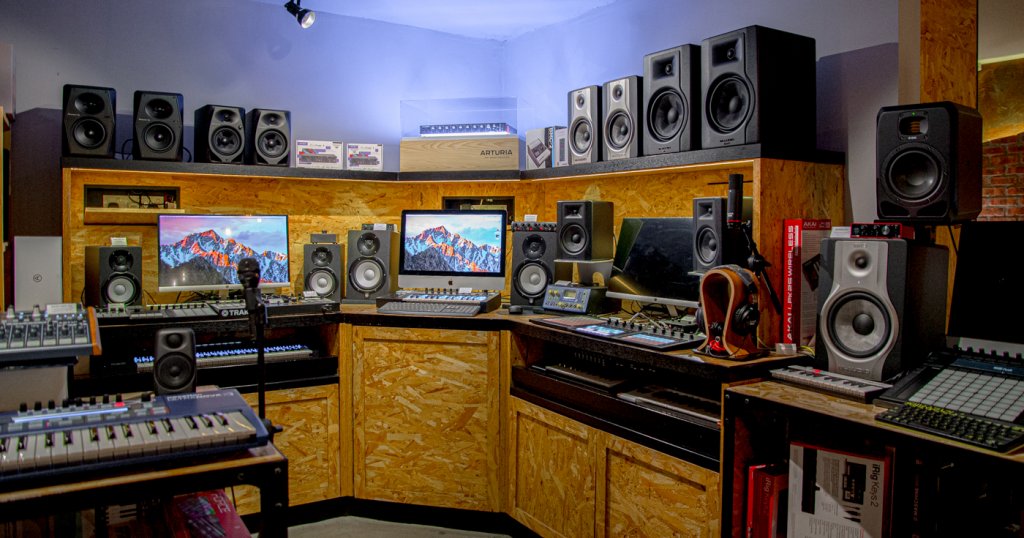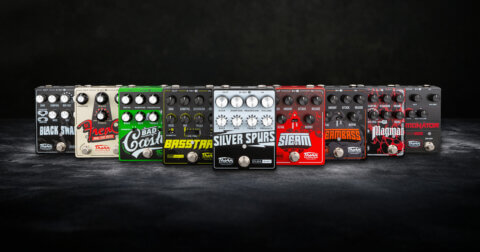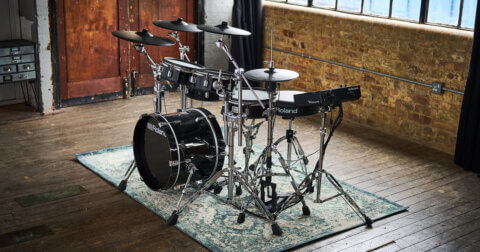In this age of DIY advocacy, you’ve no doubt seen how convenient it is to assemble your own home studio. Indie musicians, Youtube personalities, podcasters – it seems like everyone’s got one. It’s a huge 180 from how it used to be. Older studio recording gear setups once ran up thousands of dollars. You needed acreage to spare, along with a technician to handle a bewildering array of recording equipment. Gone are the hassles of yesteryear – here to stay are uncomplicated, affordable tools that barely take up any room.
Shop Studio Recording Gear for Beginners
Yes, the recording studio has really come a long way. Technology marches on at a blistering pace. It’s intimidating when you’re new to the game. With fresh releases being churned out every season, what’s a rookie to do? Read this article for clues, hopefully. We’ve got the lowdown on what studio recording gear makes for a dynamite home studio. Gather up these components and you’ll be on the way to launching your first demo lickety-split!
Read more: The Best MIDI Controllers for Under $300 for 2022
DAW software
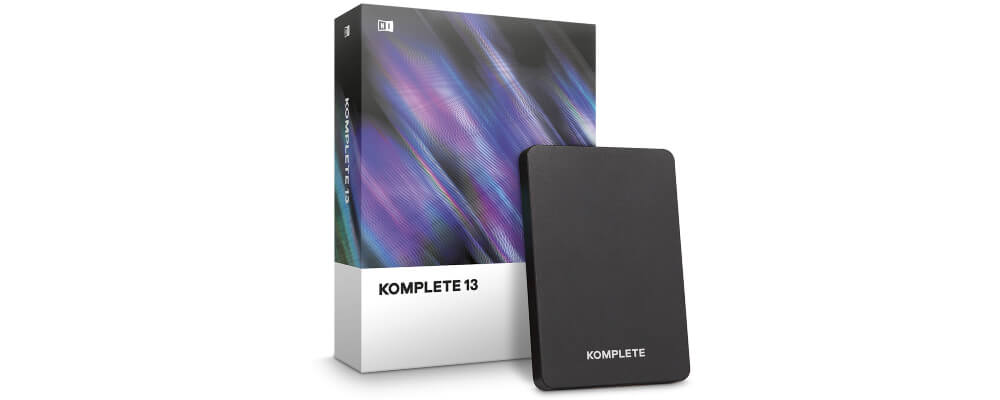
Here’s where it all begins. The DAW (Digital Audio Workstations) is the centrepiece of your workflow. Recording, editing, producing – this computer-linked software is absolutely indispensable. It’s really the only thing that you need to start a home studio, albeit at a rudimentary level. For best results though, you’ll want the other items on this list.
Digression over, here’s what to look for in a DAW. User experience is right up there. Get something you find easy to work with and suits your recording practice. Think genres and styles, then go from there. Also, keep compatibility in mind. Your DAW needs to pair well with the operating system and file types you’ll be using.
While you’re doing your research, don’t forget about virtual instruments and effects. Almost every developer has bundle packs for whatever style and sound statement you’re hoping to make. Cross-compatibility is common these days, so mix-and-match as you go. There are some big names in this category. GarageBand, Komplete by Native Instruments, Ableton Live, and Logic. Do your due diligence, and you’ll be rewarded well.
If you’re not ready to take off the training wheels, we’ve even got a free-to-use option. BandLab is a cloud-based DAW that does it all. You’re granted full access to recording, editing, mixing, and mastering functions. It also doubles as a social platform, which means you’ll get to chat to like-minded folk. Who knows, they might turn out to be future collaborators on your hit single someday.
MIDI controller
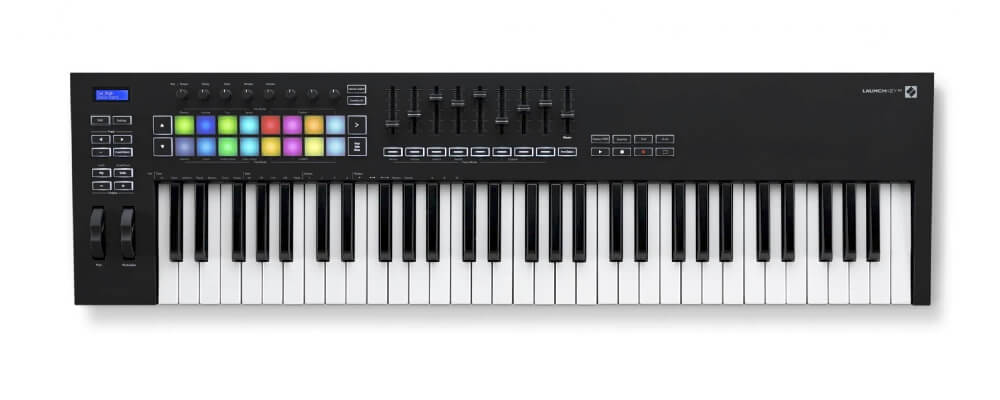
You’ve got the basics locked down, so keep everything under control. Your MIDI controller is a convenient way of communicating with your device and DAW. Futuristic though the name may be, the actual gear is really quite simple. Musical Instrument Digital Interfaces (MIDIs) convey data to softsynths, external sound modules, or sequencers. To put it bluntly, the input goes from controller to computer.
You’ll generally see two types of controllers on the market, and they each have their own champions. There’s the MIDI pad controller, which boasts a grid layout complete with velocity-sensitive buttons. With finger-drumming and tapping, it’s definitely a quicker way to adjust sound on the fly. Being smaller, it’s also more portable and makes a great accompaniment for travelling DJs. On the other hand, the MIDI keyboard is ideal for those with piano-playing experience. It’s a no-fuss way to compose intricate melodies. Many MIDI keyboards also come with pads, knobs, and faders for quick tune alterations.
Studio monitors

You’ve got to be able to hear what you’re getting out of your recording session. Studio monitors are the way to go. With models these days being small enough to perch on a crowded desk, odds are you’ll scarcely give them a second thought. That is until, you realise how valuable they are.
Sure, you could fall back on generic computer speakers. But do you want to? With how much detail studio monitors pick up, you’re paying for quality control. These speakers faithfully reproduce recorded audio down to the last nuanced detail. There’s no false colouration or unwanted resonance. Bass, treble, and mid frequencies stay as they are. What you put in is exactly what you get back. And that’s priceless if you’re big on post-production accuracy.
Headphones
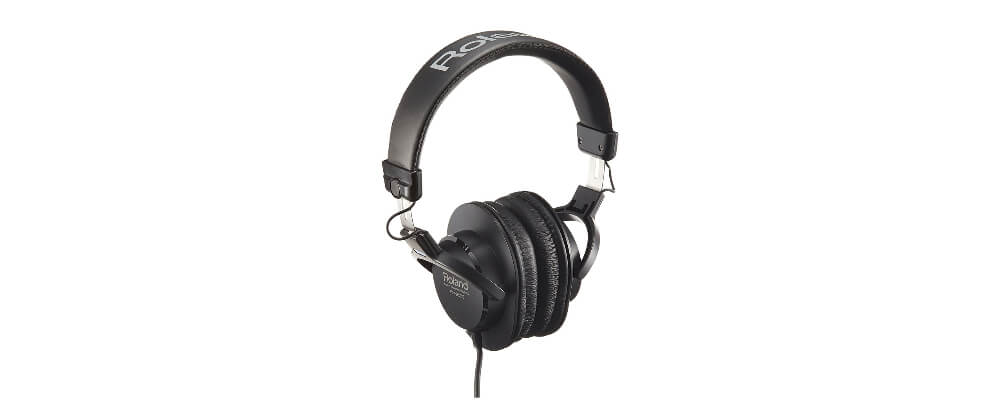
Weren’t we just waxing lyrical about studio monitors being unbeatable? So what’s the need for headphones? Sometimes, you just need a pair to keep track of the recording process while it’s going on. For those moments, invest in a good pair of quality headgear.
We’ll keep it brief. Closed-back and open-back headphones are the two types bouncing around the store. Opt for open-back ones if you can. They provide a more accurate frequency balance. True, isolation isn’t as good as in closed-backs. But you’re avoiding false-low frequencies that arise due to trapped air pressure.
Audio interface
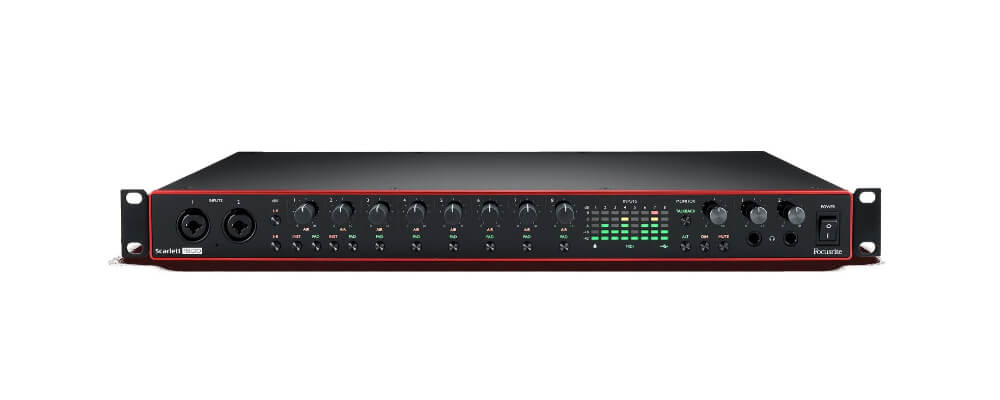
Time to make some connections! An audio interface hooks up to a computer, as well as the miscellaneous speakers, microphones, and instruments you’ll be wielding. We’ll talk input first. Once the mic picks up on the audio’s physical vibrations, they’re transformed into analogue electric signals. These trickle down into the input, before being channelled into the built-in preamplifier for a major juice boost. This hotter line level is then encoded digitally by the computer and DAW.
Outputs, on the other hand, flip the process. The audio interface receives digital sequences from the computer which are then converted into analogue signals. Those signals are then pumped out through monitors or headphones as pure sound. Many audio interfaces now include line-level analogue inputs and outputs, along with one (or a few) mic preamps. If you dig around, you’ll even stumble upon those with digital I/Os, including AES, ADAT, and the like.
Microphones
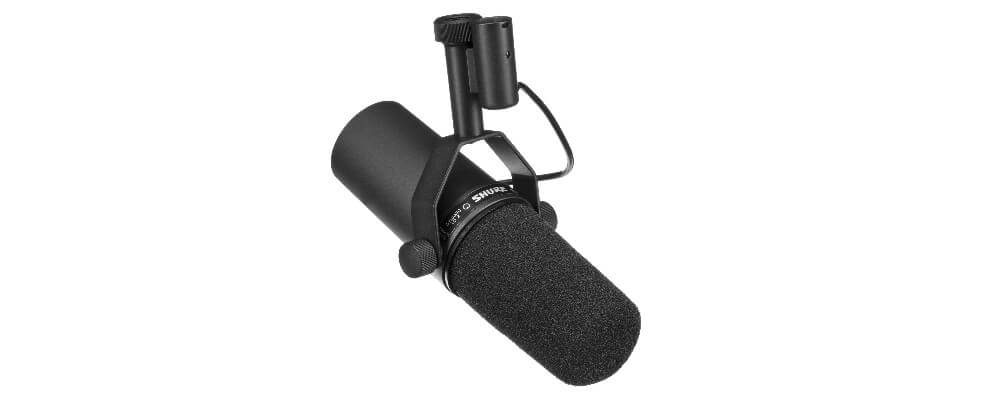
Well, that sound has to go in somewhere. Even if you’re not going to be adding vocals, a good quality mic will get the best out of your instrumentation. Remember, if the input isn’t satisfactory, don’t expect the output to be any better. For professional studio-level recordings, we’d recommend a mix of different mic types. Each has its own purpose, ensuring the final product is thoroughly refined.
Condenser mics contain small and large diaphragms. They’re all-rounders, but their sensitivity makes them especially suitable for more delicate sounds. Vocals, pianos, acoustic guitars, and bass drums. Even room ambience.
Dynamic microphones are a different animal. These low-sensitivity, high-gain mics can take in a lot of signal without harm. Don’t be afraid to go LOUD. High-octane electric axes, brass instruments, and metal-worthy screeches all apply.
Sidebar. If you’re aiming to croon, tack a pop filter onto the mic. It’s that attachment you’ve seen many singers using, and for good reason. That ‘popping’ noise you make when talking, laughing, or singing? These are called ‘plosives. A pop filter cuts out this irritation, making for a smoother editing experience. And it’s easier on the ears too, obviously. Bonus, it keeps spittle off the mic. Lifesaver.
Synthesisers
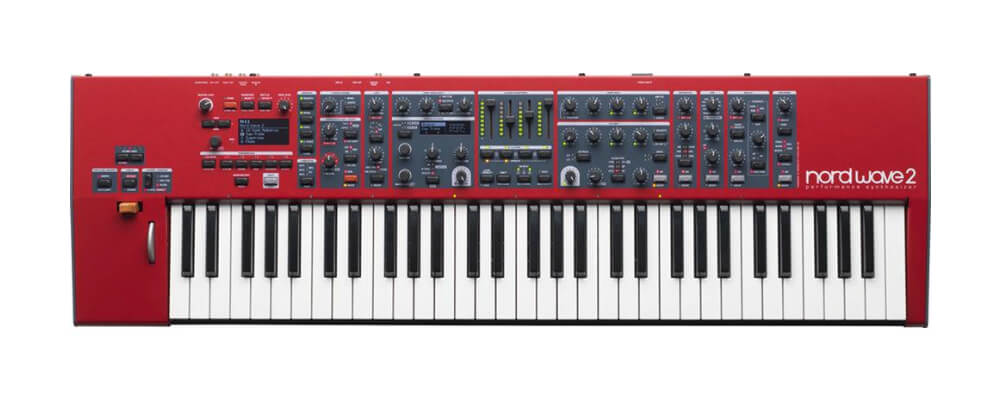
No, this isn’t the same thing as a MIDI keyboard. They may look similar, but the synthesizer (softsynth) is a delicious addition to home studios. Tethered to a MIDI system, it’s an entire orchestra in a single package. Any sounds and effects you can think of are instantly reproducible, given that your synth is up to the challenge. You could (and should) create complete tracks with just one of these babies.
Depending on your budget and capabilities, there are many options in this department. From unfussy monosynths to fully-kitted polysynths. Diverse sound engines are well-represented too. Less pricey analogue versions can be every bit as desirable as digital behemoths. It comes down to your personal preference, both in sound and design.
We’re done, now it’s your turn! Use this studio recording gear list as a guideline and get to building your own setup. But at the end of the day, the most important piece of the recording studio is you. Don’t let the gear around you dictate your musical potential. Buy what feels right, make the tunes you want, and have fun.
Shop Studio Recording Gear for Beginners
And hey, if you need to have a one-on-one session with the gear in question, they’re raring to go at Swee Lee. Write up a checklist with help from our website first. While you’re there, pop your details into our mailing list. We’re constantly sharing tons of exciting tips and tricks that you might also enjoy.
Read more: What is an Audio Interface?
